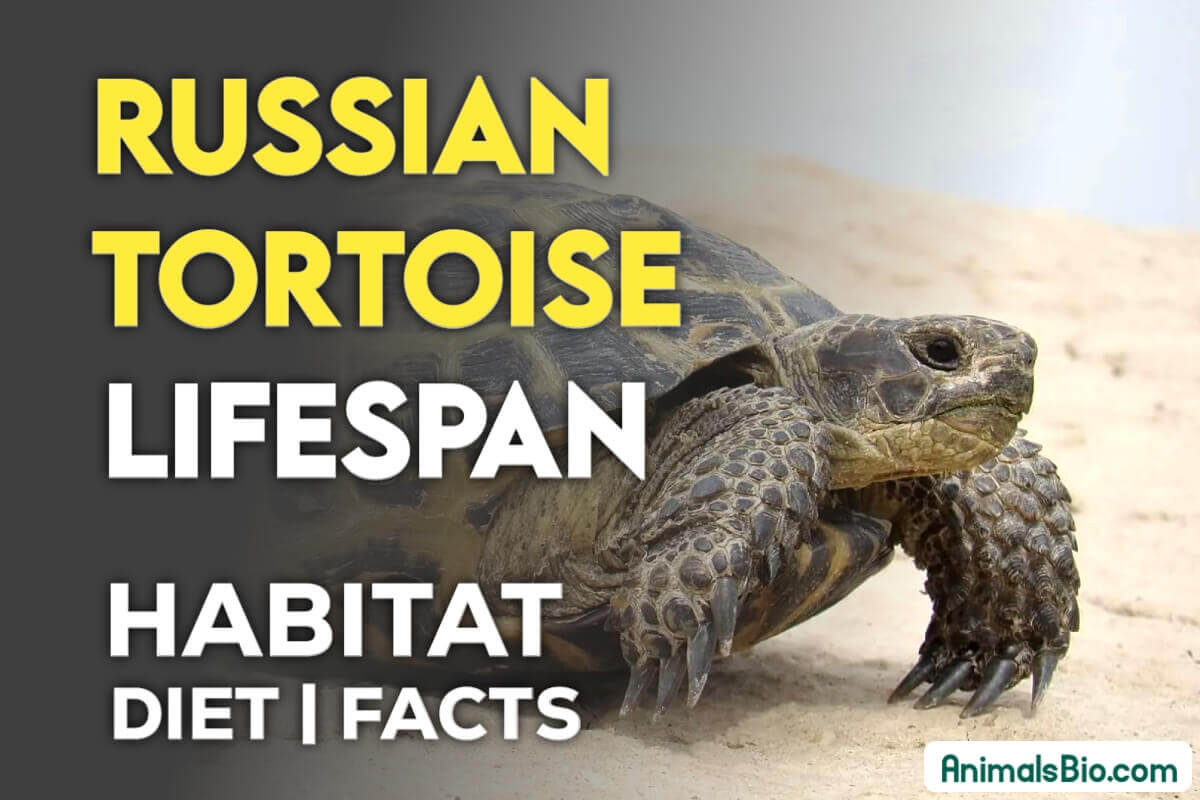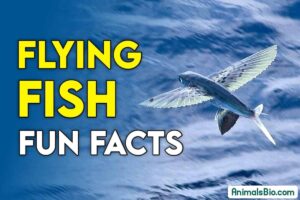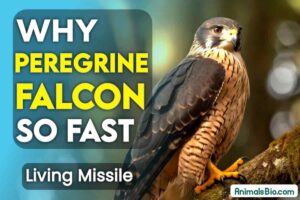Russian tortoises, sometimes called Horsfield’s tortoises, are really interesting animals that people who like reptiles have loved for a long time. They come from dry places in Central Asia.
These tough tortoises have special things about them that make them different from other reptiles. In this Article, we will talk about how long they live, where they live, what they eat, and some other cool interesting facts about them.
Understand Russian Tortoise Lifespan
The Russian tortoise, also known as Horsfield’s tortoise, is a resilient creature with a relatively long lifespan. These tortoises can live for an impressive 40 to 50 years when provided with proper care and a suitable environment. Their longevity makes them not just pets, but lifelong companions for those who choose to care for them.
However, achieving this lifespan requires commitment and dedication from their owners. Providing a well-balanced diet, suitable habitat with ample space to roam, proper temperature regulation, and regular veterinary care are essential for ensuring their health and longevity.
With the right care, Russian tortoises can thrive for decades, bringing joy and companionship to their owners throughout their lives. Understanding and meeting the needs of these remarkable creatures is key to ensuring they live long, happy, and fulfilling lives in captivity.
Related Article : How Long Can all Tortoise Live
Russian Tortoise Habitat
The Russian tortoise, also known as Horsfield’s tortoise, originates from the arid landscapes of Central Asia, where it has adapted to thrive in harsh environments. In captivity, replicating their natural habitat is crucial for their well-being.
These tortoises require a spacious enclosure with a substrate that mimics the sandy, dry soils of their native habitat. Providing hiding spots like rocks or logs is essential for them to feel secure.
Additionally, a basking area with a heat lamp is necessary to maintain the proper temperature gradient, as Russian tortoises require a warm basking spot to regulate their body temperature.
UVB lighting is also vital for their health, aiding in calcium absorption and preventing metabolic bone disease. Maintaining proper humidity levels and offering fresh water for drinking and soaking are other important aspects of their habitat.
Overall, creating a habitat that closely resembles their natural environment is essential for the health and well-being of Russian tortoises in captivity.
Russian Tortoise Diet
Russian tortoises, being herbivores, mainly consume plants. In their natural habitat, they forage on a range of grasses, weeds, and leafy greens, a reflection of their adaptation to arid regions with sparse vegetation.
When kept in captivity, it’s crucial to provide them with a varied diet that replicates their wild food sources. This diet should include a mix of nutritious leafy greens like dandelion greens, kale, collard greens, and mustard greens.
These vegetables are rich in essential vitamins and minerals vital for the tortoise’s growth and well-being. Additionally, offering occasional treats such as hibiscus flowers or edible weeds can provide enrichment and help mimic their natural feeding behaviors.
However, it’s essential to avoid feeding them toxic plants or foods high in oxalates or phosphorus, which can be harmful to their health. By providing a balanced and diverse diet, owners can ensure the nutritional needs of their Russian tortoises are met, promoting their overall health and vitality.
Suggested Article : Bald Eagle Lifespan – Interesting Facts
Russian Tortoise Breeding
Breeding Russian tortoises requires careful consideration and expertise. It’s essential to ensure that both the male and female tortoises are healthy and mature enough for breeding, typically around 5 to 7 years old.
Breeding season usually occurs in the spring or early summer when temperatures rise, mimicking their natural environment. Providing a suitable nesting area with sandy soil is crucial for egg laying.
After mating, the female will dig a nest and lay a clutch of eggs, which should be carefully incubated at a consistent temperature to ensure proper development. The incubation period typically lasts around 60 to 90 days, after which the eggs will hatch, giving birth to small, vulnerable hatchlings.
Proper care and attention are necessary during the breeding process to ensure the health and survival of both the parent tortoises and their offspring.
Interesting Facts About Russian Tortoise
Russian tortoises have many interesting things about them that make them different from other reptiles.
Burrowing: Russian tortoises are good at burrowing. They use their strong legs and sharp claws to dig tunnels underground. These tunnels help them hide from really hot or cold weather and from animals that might want to hurt them. It’s a safe place for them to sleep or rest during hibernation.
Social Behavior: Russian tortoises usually live alone, but sometimes they show social behavior. This happens more when they’re basking in the sun or eating. If there’s a lot of food and a good place to live, you might see a bunch of tortoises together, enjoying the sun or looking for food.
Hibernation: In their native habitat, Russian tortoises undergo a period of hibernation during the colder months to conserve energy and survive harsh environmental conditions. Captive Russian tortoises may also hibernate if provided with appropriate conditions, including a cooler temperature and reduced food intake.
Conservation Status: Despite being classified as a species of least concern by the IUCN, Russian tortoises face threats from habitat loss and collection for the pet trade. Responsible captive breeding and conservation efforts are essential to safeguarding wild populations and preserving their genetic diversity.
Suggested Article : Why do Owls Hoot at Night ?
Conclusion
Russian tortoises are captivating creatures with a rich history and fascinating adaptations. From their impressive lifespan to their unique behaviors, these tortoises continue to intrigue and inspire reptile enthusiasts around the world.
By understanding their habitat, diet, and behavior, we can provide them with the care and respect they deserve, ensuring their well-being for generations to come.
Whether as beloved pets or ambassadors for conservation, Russian tortoises hold a special place in the hearts of reptile enthusiasts everywhere.
Source
Wikipedia Org
Frequently Asked Questions (FAQ)
How Big does a Russian Tortoise get ?
Russian tortoises typically reach sizes of 6 to 10 inches (15 to 25 centimeters) in length as adults, although some individuals may grow slightly larger. They are considered small to medium-sized tortoises.
How Long does a Russian Tortoise Live ?
Russian tortoises have a long lifespan, typically living for 50 to 60 years or even more when properly cared for in captivity. Their longevity makes them lifelong companions for dedicated keepers.
What do Russian Tortoise Eat ?
Russian tortoises are herbivores, primarily feeding on a diet of leafy greens such as dandelion greens, kale, collard greens, and mustard greens. They also enjoy occasional treats like fruits and vegetables in moderation.
What Vegetables can Russian Tortoises Eat ?
Russian tortoises can eat a variety of vegetables as part of their diet. Some suitable options include dark leafy greens like dandelion greens, kale, collard greens, and mustard greens. They can also enjoy vegetables such as carrots, squash, bell peppers, and cucumber.
Where do Russian Tortoises Live ?
Russian tortoises (Agrionemys horsfieldii) are native to arid and semi-arid regions of Central Asia, including countries such as Russia, Iran, Afghanistan, and Pakistan. In the wild, they inhabit habitats such as steppes, grasslands, and deserts.






